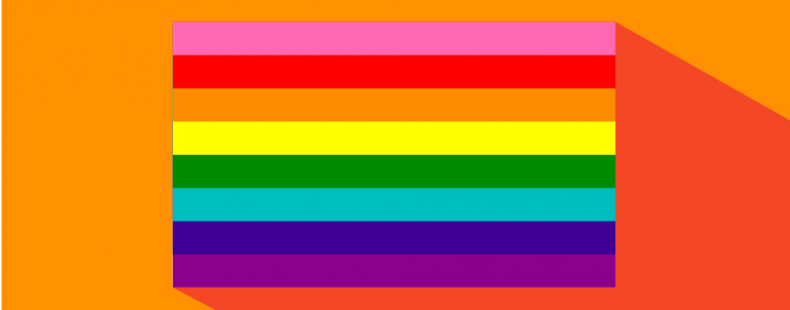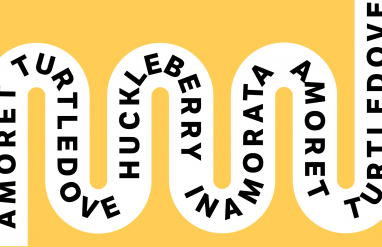The month of June is recognized globally as Pride Month, a month-long observance in celebration of lesbian, gay, bisexual, transgender, and queer people—and the history, culture, and contributions of these people and their communities. June was chosen in commemoration of the New York City police raid of the Stonewall Inn, a New York City bar frequented by gay and gender-nonconforming people (at a time when terms like LGBTQ didn’t yet exist), on June 28, 1969, kicking off weeks of public protest and riots.
Pride Month is commonly called Pride for short, as in I can’t wait for Pride!
Why was the term Pride chosen?
In 1970, queer activists in New York City organized a march to Central Park with the theme “Gay Pride.” How this term came to be adopted more broadly is not entirely clear, but many credit bisexual activist and organizer Brenda Howard for her part in organizing the first Pride marches. Others who helped promote and organize these early Pride marches around the United States and the world were Robert A. Martin and L. Craig Schoonmaker.
Pride means, among other things, “a becoming or dignified sense of what is due to oneself or one’s position or character.” By adopting this term, the LGBTQ+ community is asserting their right to exist freely, without shame.
Not all activists agreed with the term Pride. Trans activist Sylvia Rivera in particular advocated for the more forceful slogan “Gay power.”
June was first recognized as Pride Month in the United States in 1999 by President Bill Clinton.
Learn more about the significance and cultural impact of Pride Month.
Should you capitalize the P in Pride?
As you might have noticed, we have been capitalizing Pride here. As we explained in our September 2020 new word release, we developed a separate entry for Pride with an initial capital P to better document and dignify the use of the term in the sense of:
- recognition of LGBTQ identity, affirmation of equal rights, and celebration of visibility, dignity, and diversity in the LGBTQ community (formerly referred to as Gay Pride)
- events or organizations that celebrate the LGBTQ community and its members (often used attributively)
Of course, you can still spell pride with a lowercase P. This is appropriate for everyday use of the word. But, when used in the context of LGBTQ+ community affirmation or events related, Pride should be capitalized.
Other positive, empowering words
Pride Month is an opportunity to think about and highlight other positive, self-affirming words (and after the challenges of the past year and a half, we could all use some uplifting language). We’ve rounded up a couple dozen empowering terms. These aren’t (or meant to be) exact synonyms of pride, but they do have a similar spiritual oomph.
Click on the entry links to learn more about inspiring terms like:
- dignity (definition 1)
- liberation (definition 2)
- strength (definition 3)
- vision (definition 5)
- confidence (definition 2)
- acceptance (definition 2)
- joy (definition 1)
How well do you know these words?
Now that you’ve checked out our full list, are you sure that you know them as well as you think you do? Study up on the definitions, and then take the quiz here to test your vocab skills.













